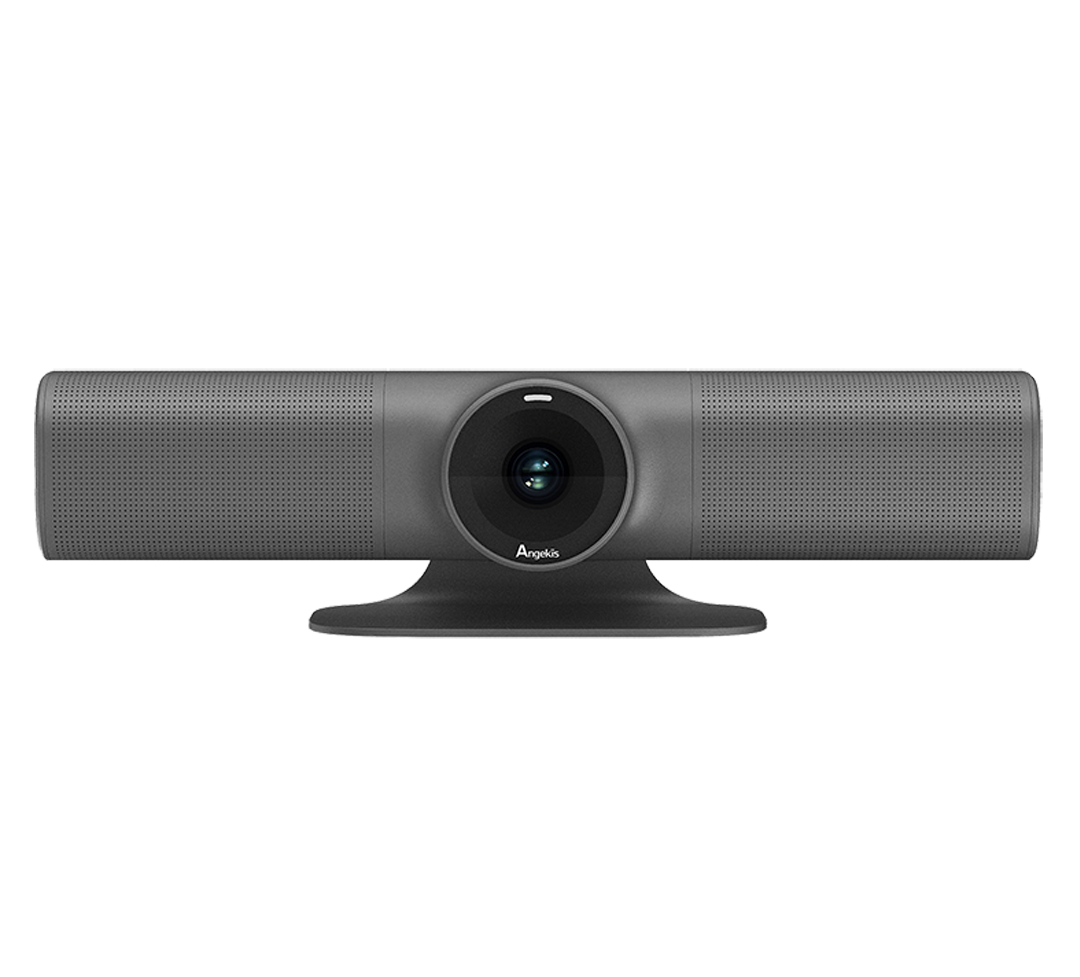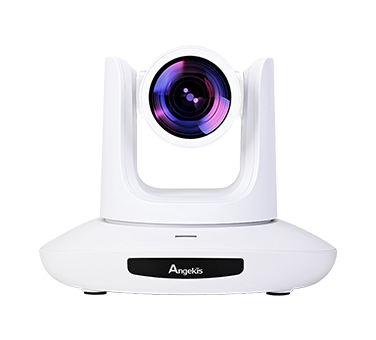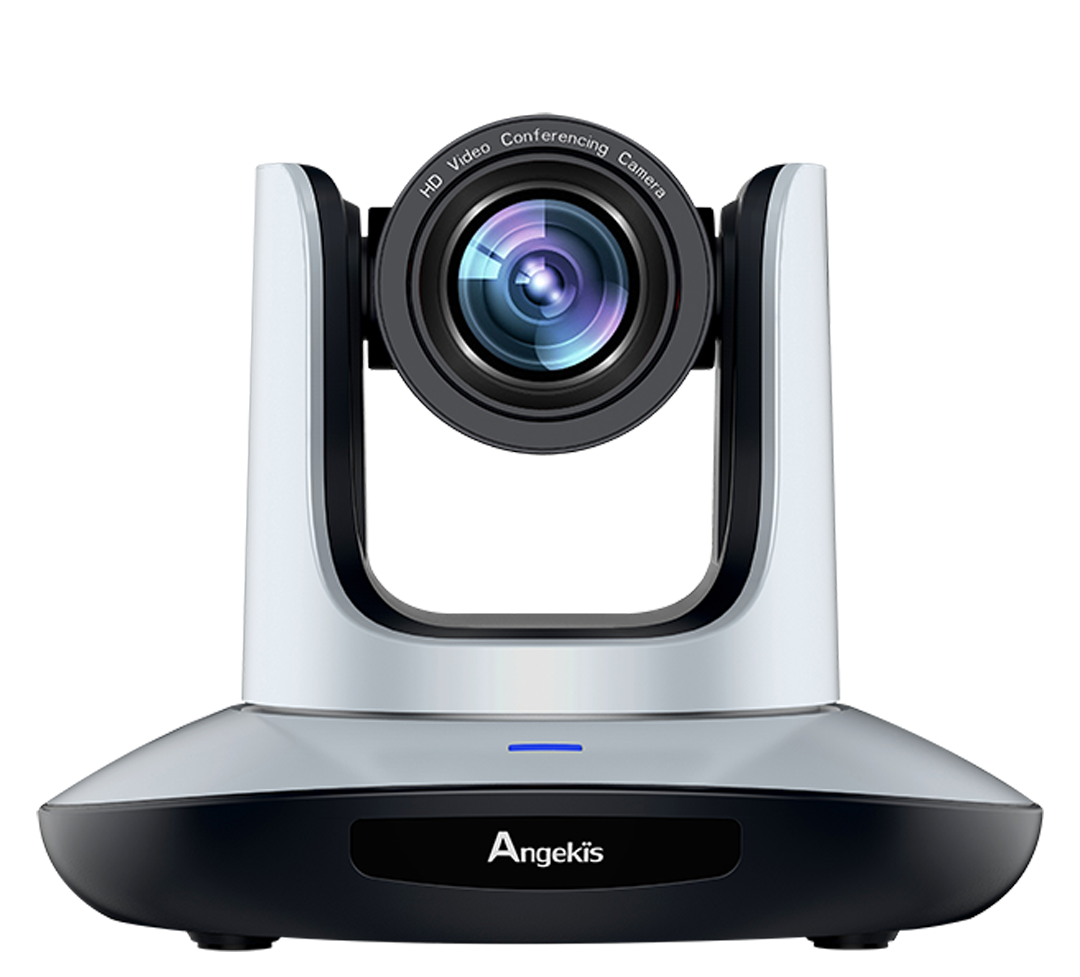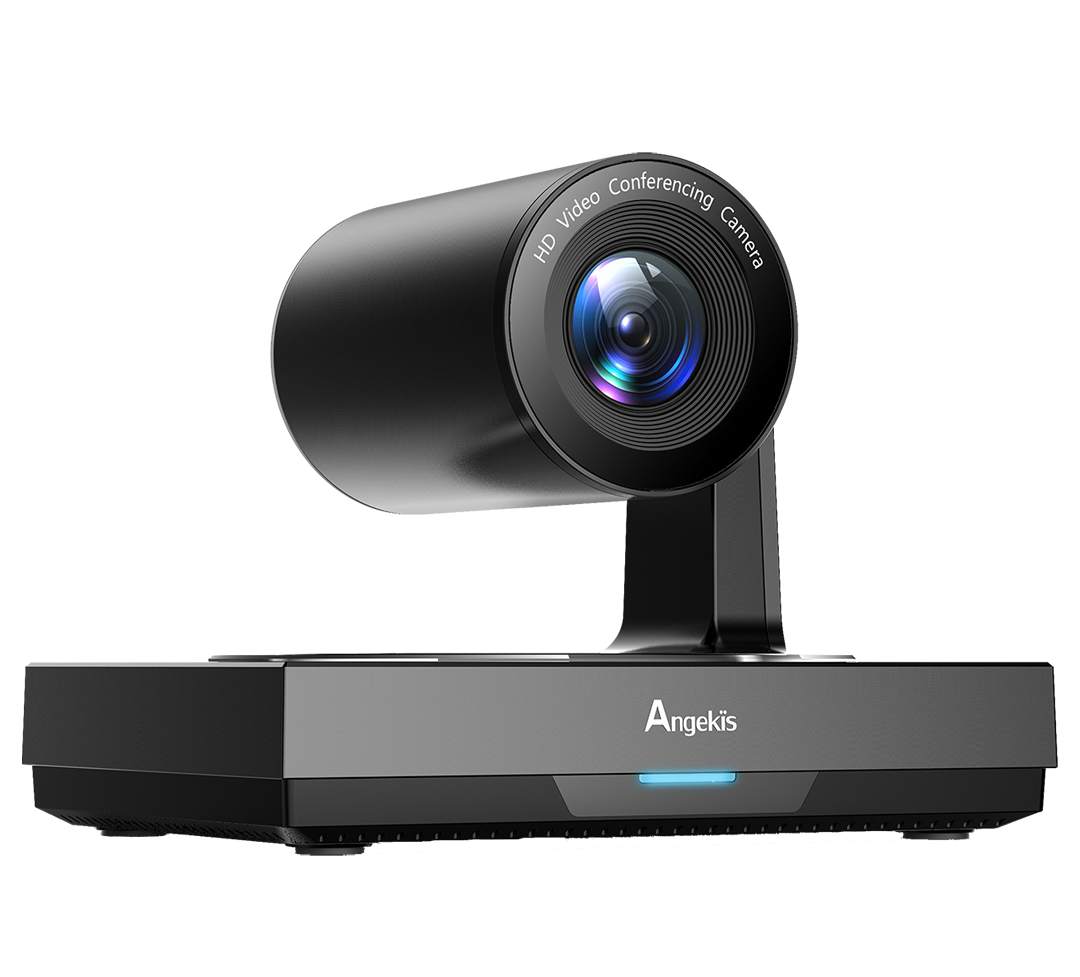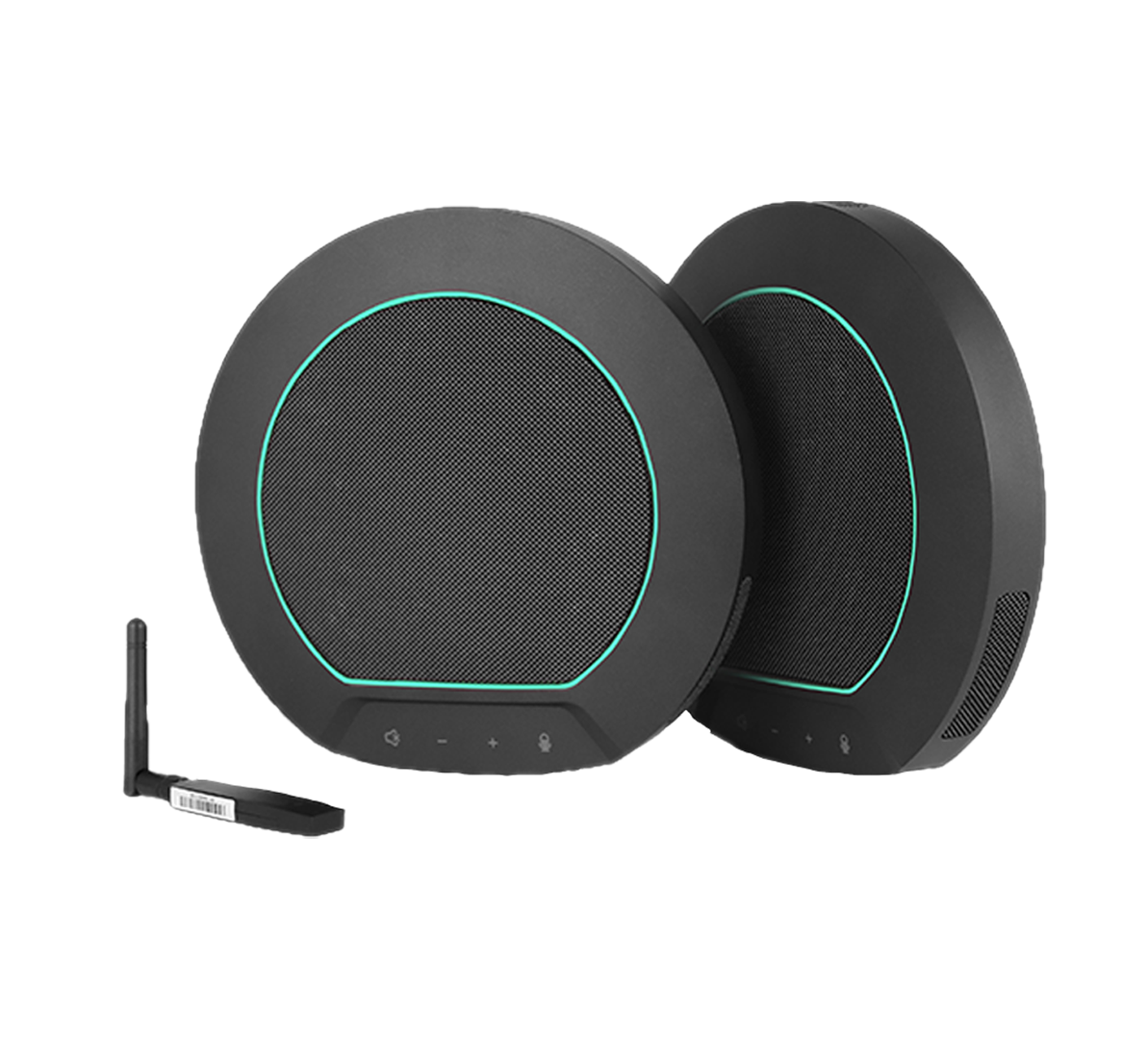How Will Video Conferencing Develop in the Blooming 5G Era?
1. Video conferencing in the 5G era
2020 has truly ushered in the 5G era. Even Apple, which is nearly a year later than China's mobile phone brands, has supported 5G. The changes of each era will inevitably produce earth-shaking changes. And some emerging industries, or some unremarkable industries, will surely spring up like bamboo shoots after a rain in the new era.
The 3G era is the era of "text", the 4G era is the era of "pictures", and 5G is the era of "video". Short videos, live broadcasts, audio and video conferences, online interviews, and corporate digitization are all products in the process of network development. Among them, how will audio video conferencing solutions develop as the new main force in the 5G era?
Another biggest change brought about by 5G is the complete "mobile". Everyone is familiar with mobilization, and it has entered the era of "mobilization" starting from the concept of "palm". For example, handheld community, handheld medical, etc. After further development, schools, governments, and enterprises have also become mobile.
Taking schools as an example, the construction of a smart campus is generally divided into several steps: infrastructure construction, digital campus platform construction, data center construction, mobile campus, and one-stop handheld service hall. The mobile campus here is to put the school's traditional business such as score query and sports score query on the mobile phone directly in the way of APP or small program.
2. The future development direction of video conferencing
So what is complete mobilization? In fact, in the 4G era, there are all kinds of "handhelds", but most of the data display is still in the form of graphics, but in the early stage of the 5G era, audio and video have been mainly used, and I can't wait for everything to be done on mobile phones. All of the operations have been moved to the mobile phone, and people will ask questions for the first time. Is there a mobile version of this?
"Mobile" is the first feature of the 5G era. So back to the topic, one of the development directions of video conferencing will certainly cater to the trend of "mobile". However, the mobile development of video conferencing is also facing these challenges. These challenges are the limitations of the terminal itself. For example, the meeting interface is restricted by the size of the mobile phone screen, and the signal strength is restricted by the geographic location of the device. This makes major video conferencing Manufacturers have to work hard on design and performance in order to occupy a place in this "blooming" 5G era.
In addition, mobility has solved the terminal problem, 5G has solved the network problem, and the next step is to return to the conference itself. The meeting is for some people to express their opinions, express their opinions, and discuss their opinions. It has the characteristics of high efficiency and real-time. Therefore, if you get stuck frequently during the use of a video conference, or cannot meet for a long time due to mobile phone traffic restrictions, the conference experience will be affected. 5G is to a large extent faster and more stable than wireless WIFI, so many people will choose to use 5G to participate in important video conferences. The problem of the upper limit of the data flow is something that operators need to consider, while video conferencing manufacturers need to consider how to save data consumption while ensuring the stable and clear progress of the video conference.
Therefore, the next development direction of video conferencing is to save traffic and tolerate faults. It is also vital that short-term network problems can still ensure the stable progress of the conference. Now as long as it is video software, there will be smooth, SD, HD, 720P and other options. Users can choose according to their own network conditions or traffic conditions. I believe that in the development of video conferences in the future, they will have a choice of conference resolution. Some optimizations will also be made to meet the different needs of different users.
In 2021, enterprises, governments, and the education industry will gradually "go to the cloud", and the use of video conferencing software has become the mainstream. We also expect major video conferencing software to bring users a better user experience and more powerful.

